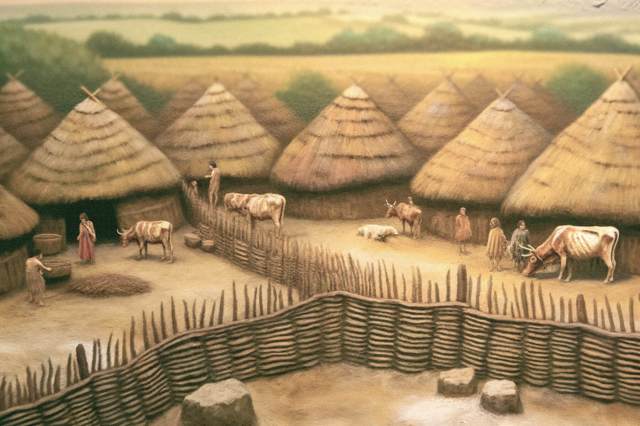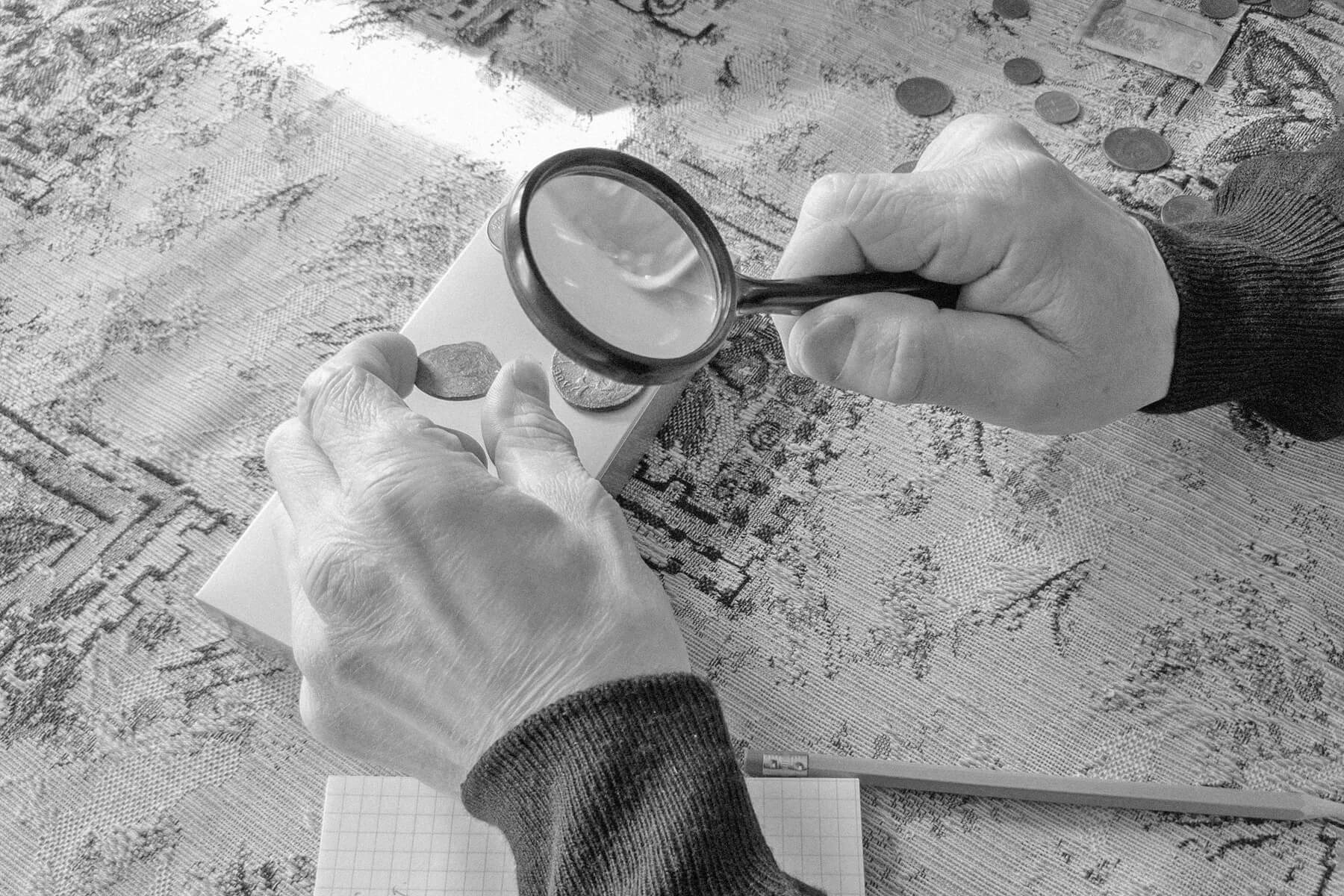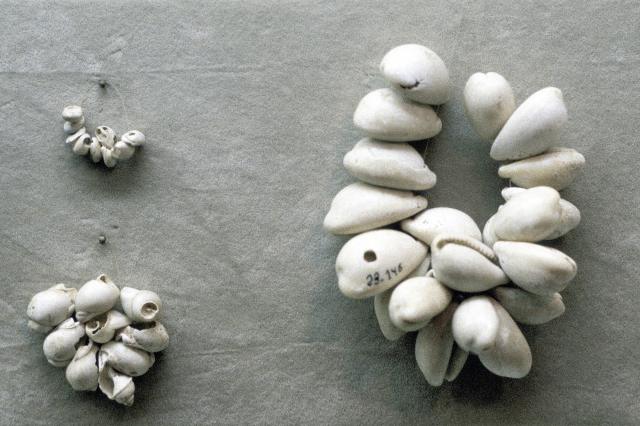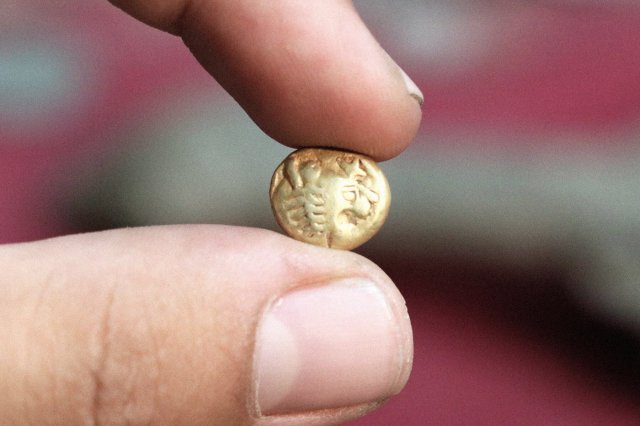When Did People Start Using Money?
It’s been said that money makes the world go round. It’s also been said that money is the root of all evil. Whichever theory you subscribe to, both of these contrasting views highlight the ubiquity of currency in modern society.
We often take for granted the process of shelling out cash for food at the grocery store, setting aside regular amounts for the mortgage or rent, or spending a few extra bucks on a new shirt or shoes. These are the hallmarks of modern living — but they haven’t always been.
Humans have been around for about 300,000 years, began banding together in settlements some 12,000 years ago, and set the foundations of major civilizations 5,500 years ago. So when did the all-encompassing presence of money enter the equation?

Bartering and Neolithic Cattle
Historians agree that before there was money, there was bartering — the exchange of one form of goods or services for another in a way that satisfied both parties. This process dates back thousands of years, to at least the Upper Paleolithic period (roughly 50,000 to 10,000 years ago). But experts differ as to the next steps in the economic timeline, depending on their specialty. Some economists have argued, based on the writings of Adam Smith in The Wealth of Nations, that money developed from the bartering system. However, scholars in the fields of anthropology and archaeology are more likely to contend that money was created by governments as a means of exerting control. Part of the uncertainty, of course, comes from the difficulty of tracing the development of a system across different parts of the world with a lack of definitive recorded evidence.
However it was introduced, ancient money generally fulfilled a few major guidelines: It served as a unit of exchange, represented a measure of value, enabled the payment of debts, and could be accumulated as a wealth reserve. Prior to the existence of metallic coins and (far later) paper cash, this meant the use of a wide array of items that fulfilled some combination of practical and ornamental function.
The oldest form of money may well be the use of cattle dating back to the Neolithic era — while far less portable than modern forms of money, it fit the other requirements of providing a standard measure of value and being easily counted. Other nonmetallic forms of currency from various cultures through the centuries include amber, beads, cocoa beans, ivory, leather, quartz, rice, salt, and whale teeth.


















